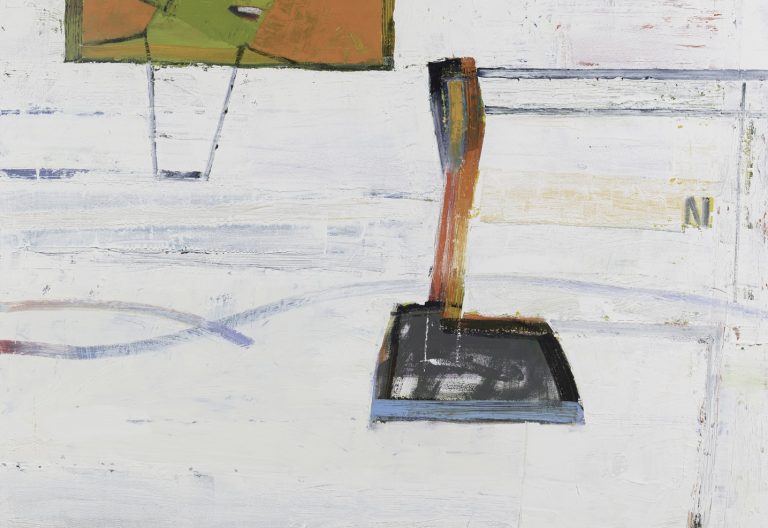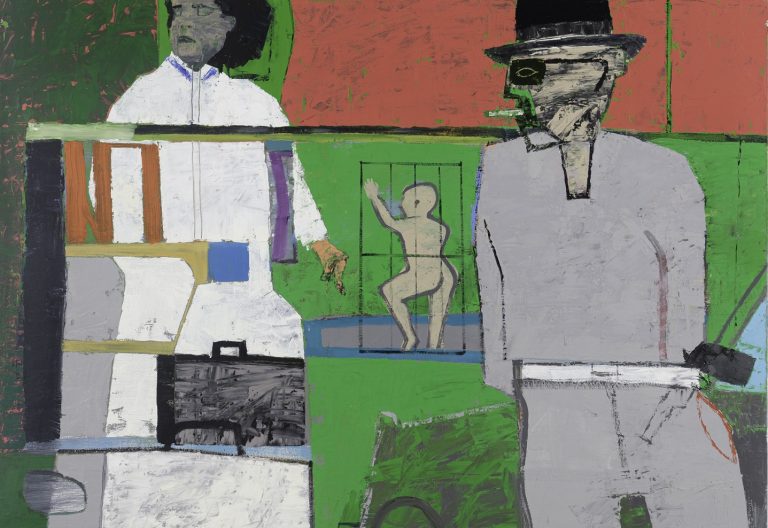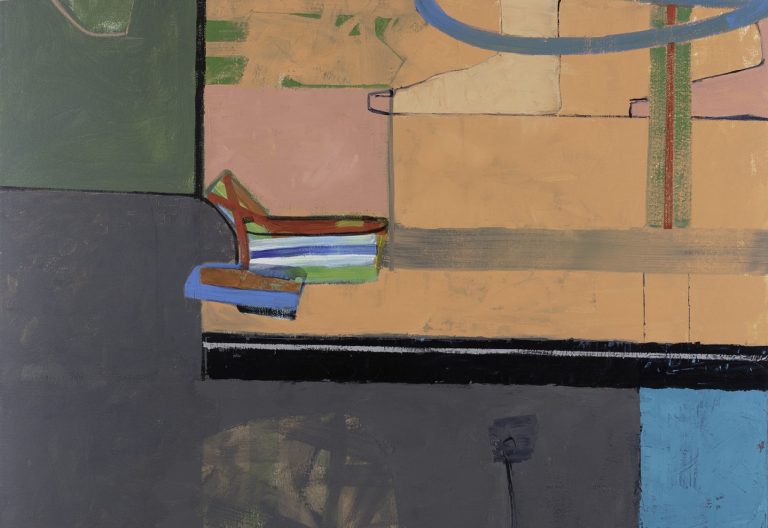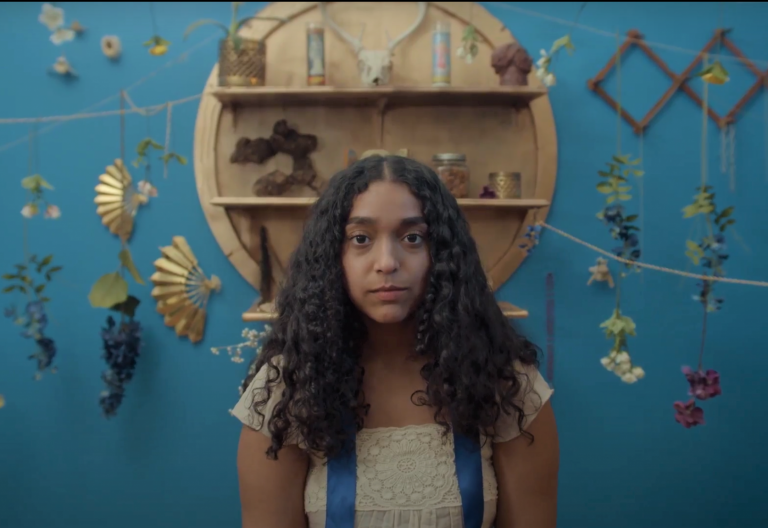Ogden Museum of Southern Art has announced the winners of the 2021 edition of Louisiana Contemporary, presented by The Helis Foundation, now on view at Ogden Museum through October 10, 2021. Louisiana Contemporary is the Museum’s annual juried exhibition, and this year features 51 works by 39 Louisiana artists from a total of 1,170 submissions.
The 2021 guest juror, Hallie Ringle, Hugh Kaul Curator of Contemporary Art at the Birmingham Museum of Art, announced the following awards:
The Helis Foundation Art Prize for Best in Show: Diana Abouchacra
Material as Rediscovered Memory I, Intaglio
First Place: NH DePass
Ida III, Vinyl heat transfer, digital print on canvas, thread, Sunbrella marine canvas
Elizabeth, Birch plywood, high pressure laminate, acrylic sheet, digital print, Ralph Lauren wallpaper, pewter candlestick holders, candle sticks, ceramic horse figurine, iPhone 11 Pro Max replica, jeweled iPhone case, steel brackets
Second Place: Mac Ball
Pop Goes America, Oil on canvas
The Border Patrol, Oil on canvas
A Voyeur in King Tut’s Tomb, Oil on canvas
Third place: Kelsey Scult, music by Sava Wolf
Her Teeth and Where to Find Them, Video and mixed media installation
With support from The Helis Foundation, Ogden Museum honors these four artists who highlight some of the most provocative and compelling works in the exhibition. The four awards come with cash prizes and special recognition at the museum. Diana Abouchacra, the recipient of the lead award, The Helis Foundation Art Prize, will receive the unrestricted amount of $5,000.
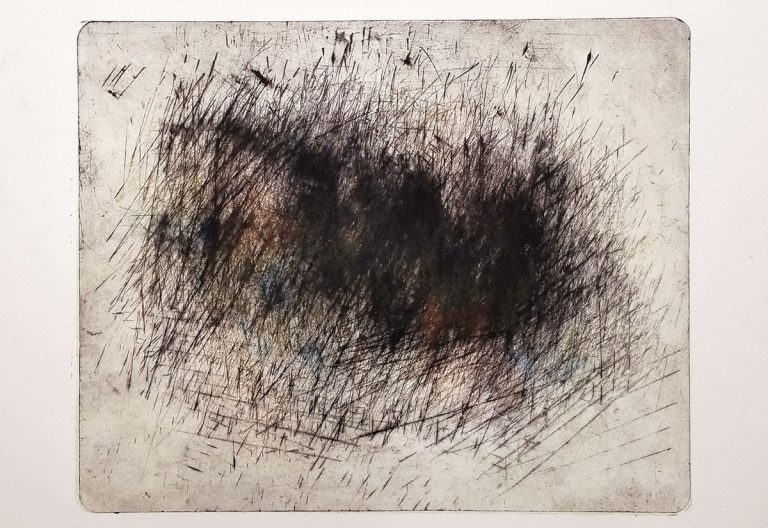
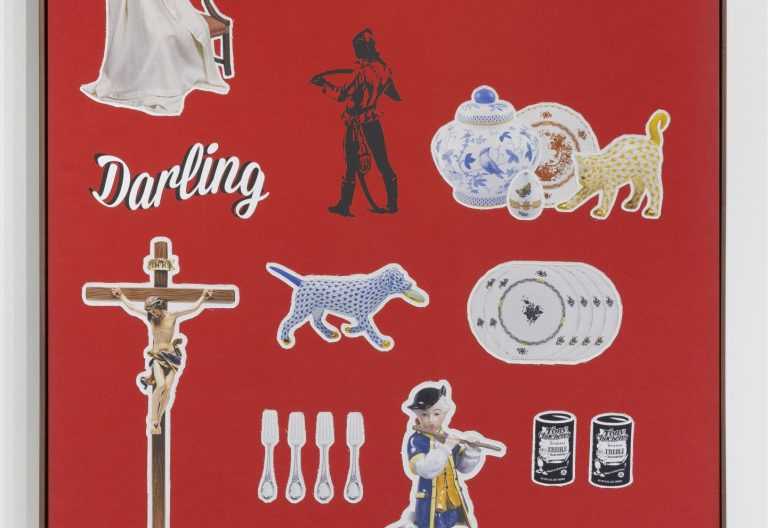
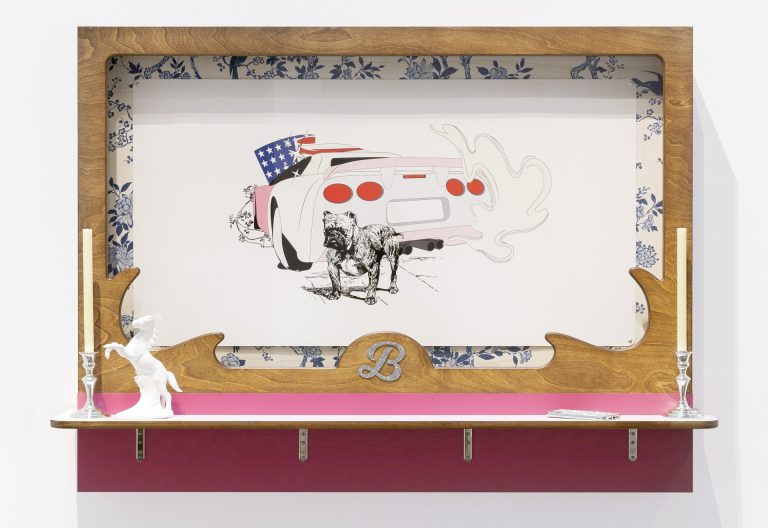
About Diana Abouchacra
Diana Abouchacra is a Lebanese American mixed-media artist. She plans to receive her Masters in Fine Art this August 2021. Diana works in a variety of art mediums including video, printmaking, installation and sound. She loves incorporating experimental strategies and techniques into her studio practice. Themes that her artwork touches on include grief, vulnerability, ephemerality, multiplicity and transformation. Art making is an intuitive exploration for Diana, it helps her process emotions where other approaches have failed. She views her art as a safe space to delve into the depths of her wounds, there to witness, understand, reflect, and perhaps find resolve.
Diana Abouchacra’s Artist Statement
Even though my memory of my late mother is fading with every passing moment, the cutting board remembers her strokes and movements, as if it was just yesterday. While making these prints, I felt like an archaeologist would, excavating my mother’s artifacts, i.e., her cutting boards, discovering information which they have always held, revealing themselves to me only through artistic means. Here, my mother, Amal, is portrayed in the line work from her using a knife to prepare food for my family and me. Although she never intended for her hand to be highlighted in her arbitrary knife usage on cutting boards meant only for kitchen work, the subsequent prints act as a collaboration between me and her. Artworks like this acts as a reminder that material holds memory, and what I found in them was a rediscovered memory. One that had gone unnoticed until seen in a new light with art-making; creating a transformed relationship with my mother.
About NH DePass
NH DePass obtained his B.F.A. in 2016 from Savannah College of Art and Design and his M.F.A in 2020 at Pratt Institute of Fine Arts. He has had two solo exhibitions – Form Destroyer at New York, NY’s Thierry Goldberg Gallery in 2021 and Act I and II: Guides, Gods, and Other Mythologies at Berlin, Germany’s GNYP Gallery in 2016. DePass’ group exhibitions include No Time Like The Present at London’s Public Gallery in 2020, The Flat Files at Los Angeles, California’s The Pit LA in 2019 and Ultra Light Beam at Seattle, Washington’s Mount Analogue in 2019. He has been featured in Time Out London Magazine in 2020 and was an Artist Residence at Joan Mitchell Center in 2021 and a North Hill Residence at The Newsstand Project in 2019.
NH DePass’ Artist Statement
Elizabeth
In opposition to the traditional painted portrait, these portraits resemble cabinets of curiosity. Each cabinet is an ode to their namesakes, filled with prized possessions and significant mementos, which imitate their subjects interests, habits and vices. Each tucked away object functions like a piece in a game of I Spy and allows one to connect clues to form an idea of someone based on material objects – in this case, Elizabeth.
Ida II
This is a portrait of my Hungarian grandmother, Ida, who emigrated to New Orleans in the 1950’s. The images on the canvas represent Louisiana cooking, porcelain from Hungary and religious artifacts. The work is intended to reflect a cabinet or display case, showcasing items dear to her, and to give the viewer an idea of her personality.
About Mac Ball
Artist and architect Mac Ball finds inspiration in riverine environments and coastal southern landscapes. Raised along the waterways and marshes of Charleston, South Carolina, he now resides in New Orleans where we are witnessing an ever-worsening crisis of land loss and environmental devastation. Since Hurricane Katrina, his architectural firm has been deeply involved in reconceiving and rebuilding the City, focused on urban design with strategies that foster sustainable water management and the concept of Living With Water. Waggonner & Ball has teamed for over a decade with experts from the Netherlands weaving stormwater management concepts into urban design initiatives and coastal stormwater projects in coastal Connecticut, Norfolk, VA, Charleston, SC, and Houston, TX.
Mac loves the Louisiana coastal landscape and has a fascination with the way water alters one’s perception of the environment, which has fundamentally changed his artistic direction in this time of sea level rise. Counterpoised with coastal imagery, a fascination with the source and movement of water that flows to the sea has also borne a body of work that is focused on movement and the refraction of light and color that plays upon highland streams. Climate change will continue to erode and transform landscapes and waterways, yet Earth will continue to yield magic and beauty throughout this ongoing and inevitable process. Mac’s hope is that his work will, for a brief moment, capture the materiality and light, the feel, of this ephemeral threshold in time.
Now retired from his architectural practice, Ball also creates works that relate to or comment upon other issues confronting society and modern life besides sea level rise. The deadly, disturbing COVID pandemic and the current and corrosive political climate we find ourselves in have re-exposed a host of societal concerns such as the denial of climate change, immigration reform, a distrust of cities and a retreat to suburban enclaves, a loss of moral values, inept and corrupt leadership, and a crisis in racial disparity and fairness, to name but a few disturbing developments. We are truly in a time of crisis and profound change. Art can illustrate this and contribute to a dialogue about these events and concerns.
Mac Ball’s Artist Statement
The paintings I submitted were ruminations on aspects that unfolded during one of the most disturbing, dangerous, and deadly years in our nation’s almost 250-year history. With a President who is on record of telling literally thousands of bold-faced lies, a leader who is a known bigot and serial adulterer, our country was unprotected from one of the deadliest pandemics in known history by his refusal to believe in science, his inability to feel compassion for his fellow citizens (or anyone for that matter.) His treatment of people wanting to legally immigrate to the US was abhorrent and un-American; his belief in the coal industry and disbelief in climate change set the planet back at a time when the opposite was required; his distrust of large cities, their elected leaders and governments resulted in his moving out of New York City to set an example; his belief that being a member of an exclusive club means one is acceptable has led to a sense by many citizens that America should be like a club and only open to certain people. Our Nation is now in a difficult position, one in which our country is deeply divided–instead of all citizens being on the same team and helping each other, solving real problems, and protecting our national treasures. The January 6 attack on the US Capitol was a clear signal that we are heading down the wrong road. The country cannot have a leader who cannot lead, except by angrily pointing out what he perceives is wrong, with no platform or prescription to fix endemic societal problems.
The Border Patrol
Our country was built by immigrants. Supposedly in our DNA, we as a nation are proud of this story, that is if it pertains to those of European descent. Look at what we have done together! We wiped out an entire race of indigenous people.
The treatment of people and their children at our southern border who want to legally immigrate here, to escape from poverty, violence, and human degradation in their own countries, has been met with more of the same by our government agents. Families have been separated forever, something they had not imagined in their worst nightmares. It continues with a new administration. The Club is closed to new members although our cities continue to be built in large part by a virtual army of Hispanic builders and craftsmen who are doing the jobs American citizens are uninterested in or unable to perform.
Pop Goes America
Our culture’s worship of stardom seems to have gotten a jump start after WWII and the development of the Rock & Roll era. In this painting a girl with ambitions looks through a window into a recording studio where she spies an elaborate microphone that will be her ticket to fame. This cult of personality has its traps as seen in the paragraph above.
A Voyeur on King Tut’s Tomb
King Tutankhamun will always remain a mystery. A slight person and victim of inbreeding (his parents were brother and sister) with a cleft palate, Malaria and deformations in his left foot, the reasons for his death are the subject of much conjecture. All that is known is that he was buried at the age of nineteen with a severe compound fracture of the knee and very hurriedly, in a smaller tomb than would have been proper for a Pharaoh, possibly one that was destined for another lesser member of his family. There were 130 canes and walking staff in his tomb. Some have even suggested he was buried alive because of a plague or terrible illness (a pandemic?) No one will ever know. In this painting a figure appears to be watching him walk around the tomb which also contains a dazzling and mysterious object, one of hundreds discovered in the tomb. All leaders and dynasties must come to an end eventually. C’est la vie.
About Kelsey Scult
Kelsey Scult is a New Orleans-based filmmaker and multidisciplinary artist. Her work explores the femme processing of inherited memory, the psychic untangling of intimate partner violence and the physical intersection of desire and decay. She most recently produced the feature film, “Ma Belle, My Beauty,” a romantic drama that takes queer characters from New Orleans to southern France in a polyamorous whirlwind. The film world premiered at the 2021 Sundance Film Festival where it won the Audience Award NEXT. She is a 2020 and 2021 Fellow with the New Orleans Film Society Southern Producers Lab. Kelsey is also one of the organizers of the New Orleans contemporary art fair Lucky and is currently pursuing her MFA in Film at the University of New Orleans.
Kelsey Scult’s Artist Statement
This experimental piece reimagines the horror folk fable of the woman who has a silk ribbon attached to her neck that keeps her head attached to her body. I explore themes of feminine autonomy, melancholia, and reclamation utilizing the visceral motif of teeth. I am excited to activate the short film with the accompanying installation of the “teeth tapestry” that will insulate the viewer as they watch the video piece.

